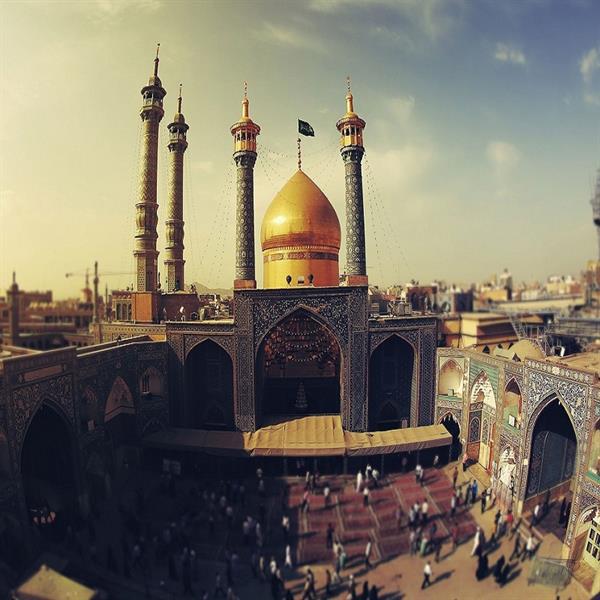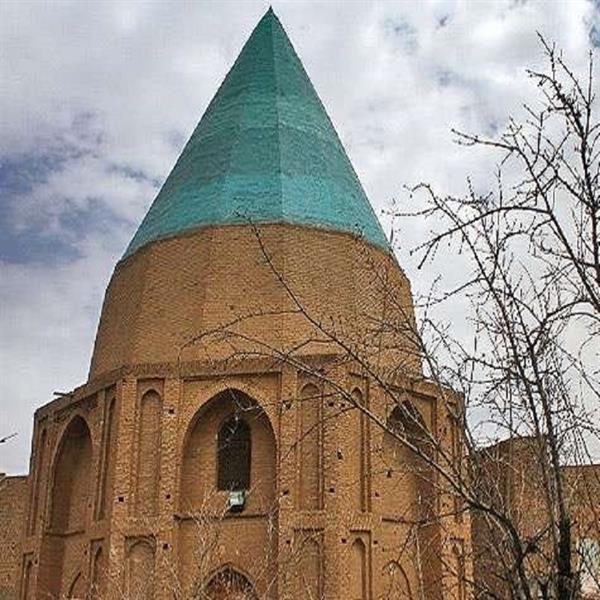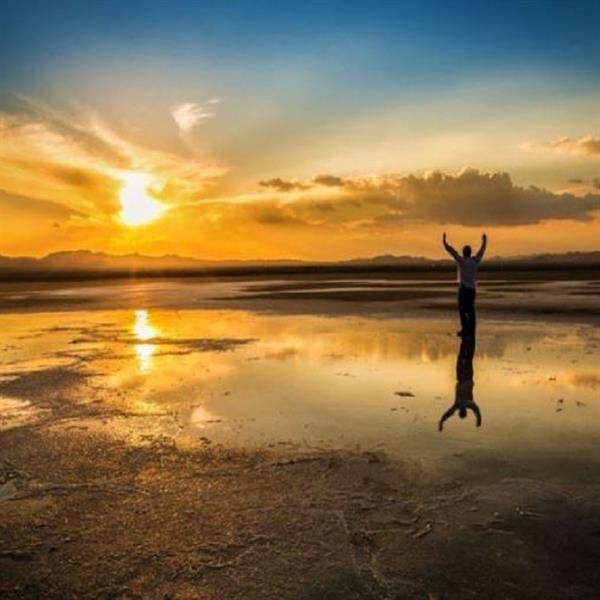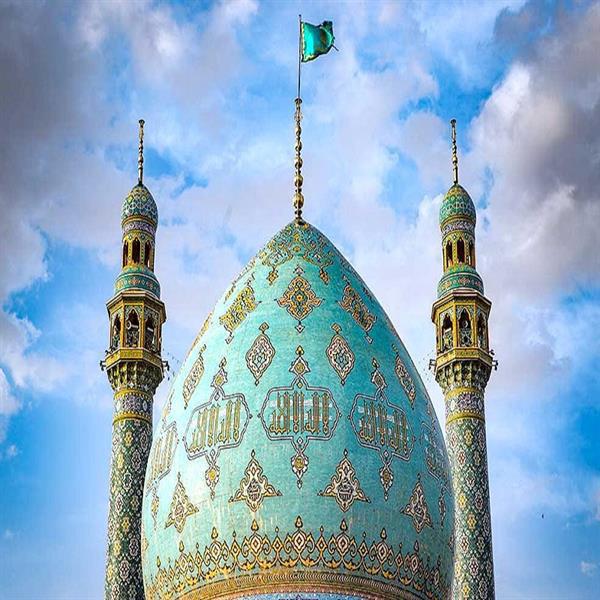Qom
Iran’s second-holiest city after Mashhad, that is located 125 kilometers southwest of Tehran on the banks of the Qom River in a province of the same name is called Qom. Its proximity to the Great Salt Desert of Iran (Dasht-e Kavir) has given this city hot semi-desert climate with warm summers and low annual rainfall. The city played a decisive role in the 1979 Islamic Revolution of Iran. Ayatollah Ruhollah Khomeini (1902-1989), the charismatic founder and leader of the Islamic Revolution, taught in this city and organized the anti-Shah movement from there. Upon returning from exile and the victory of the Revolution, Ayatollah Khomeini settled in the city and governed the country from there for a short period.
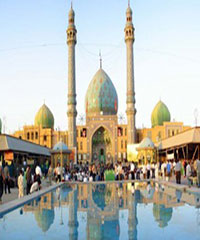
Description
Excavations at Sialk Mound (Tepe Sialk) indicate that the region has been settled since the Early Neolithic era. However, the history of the current this city dates back to the Sassanid era (226–651 CE).
In fact, this city is the second most sacred city in Iran after Mashhad. Qom is one of the most important centers of Shia Islam and has one of the best-known seminaries (Howzeh) in the world where Shia scholars are educated in jurisprudence. The foundation and expansion of religious educational centers has turned the city into one of the richest sources for books on religion, humanities and literature in Iran and the Middle East. This city boasts several libraries with a collection of rare and precious handwritten manuscripts. Due to the practice of the principle of ijtihad- the reinterpretation of Islamic law to match the circumstances of the day- it is also the city from where some of the most prominent religious movements and progressive religious decrees (Fatwa) in Shia Islam have originated.
Attraction
One of the major attraction’s of the city is the Fatemeh Masoumeh (AS) Shrine, which has been built in memory of the sister of the eighth Shia Imam, Ali ibn Musa al-Reza (765-819 CE). With its many mosques, the shrine is a pilgrimage site where numerous Muslims visit on a daily basis. Several clerics, scholars and monarchs have been buried within the shrine including Safavid rulers Shah Safi (1611–1642), Shah Abbas II (1632–1666), Shah Suleiman I (1647–1694), and Shah Abbas III (1732- 1739) as well as Qajar kings Fath-Ali Shah (1772–1834) and Mohammad Shah (1808–1848).
The city’s natural attractions include Salt Lake, Howz Soltan Lake and Kohak Cave. Due to its religious significance the city has several hotels where pilgrims can stay.
Persian carpet
This city is also known for its magnificent carpets. This religious city is one of the five Persian carpets registered as World Intellectual Property and is usually made of silk or wool and has tree of life and medallion motifs.
